
What Is Headless Commerce? Definition, Benefits, and When It’s Worth It
Headless commerce separates your storefront (front end) from back-end commerce logic, connected via APIs. It lets you ship faster, customize freely, and sell across web, apps, social, and in-store screens without back-end bottlenecks.
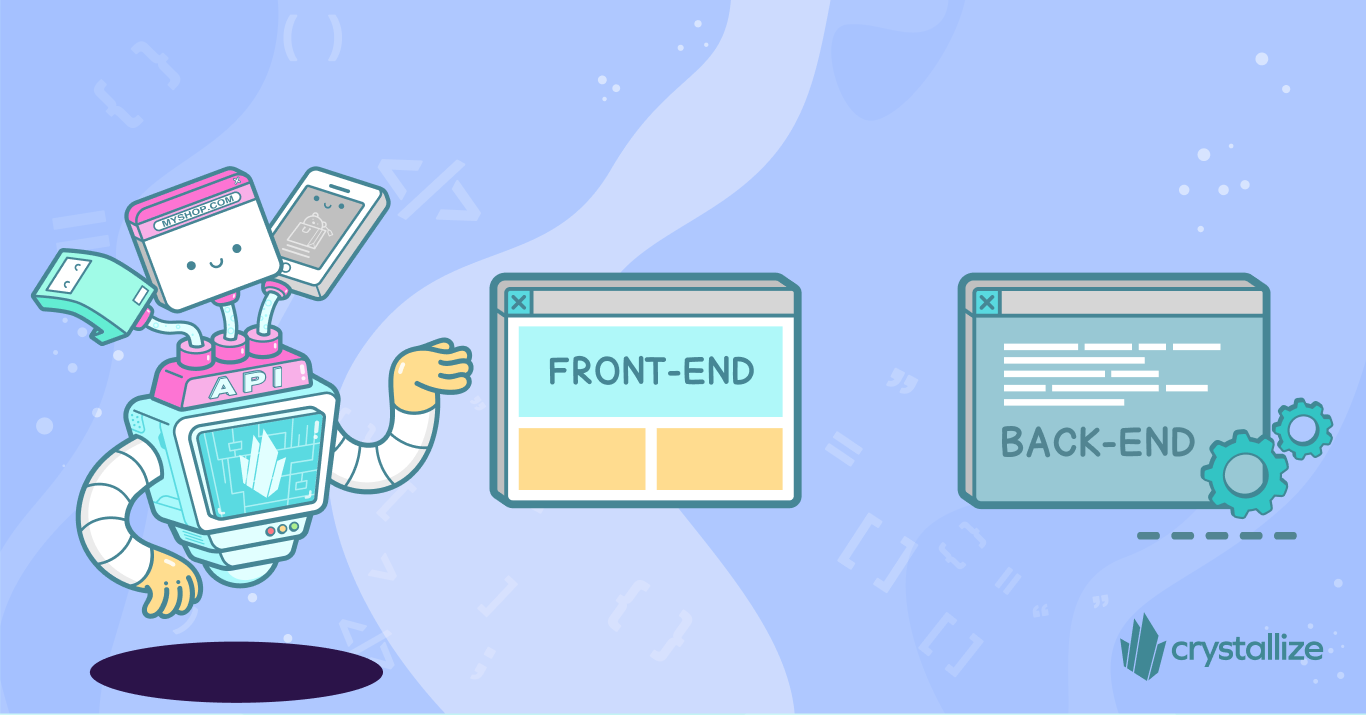
Understanding Product Information Management (PIM) Done Headless
A headless approach to PIM means having a service ready to manage product information in seconds. Product information and content are delivered via an API. There are no templates, no web pages, only structured content—pure developer bliss.

eCommerce Personalization Practical Tips to Stay Ahead in 2025 and Beyond
Discover how your business can leverage e-commerce personalization to deliver tailored shopping experiences that boost customer loyalty and drive sales in 2025.
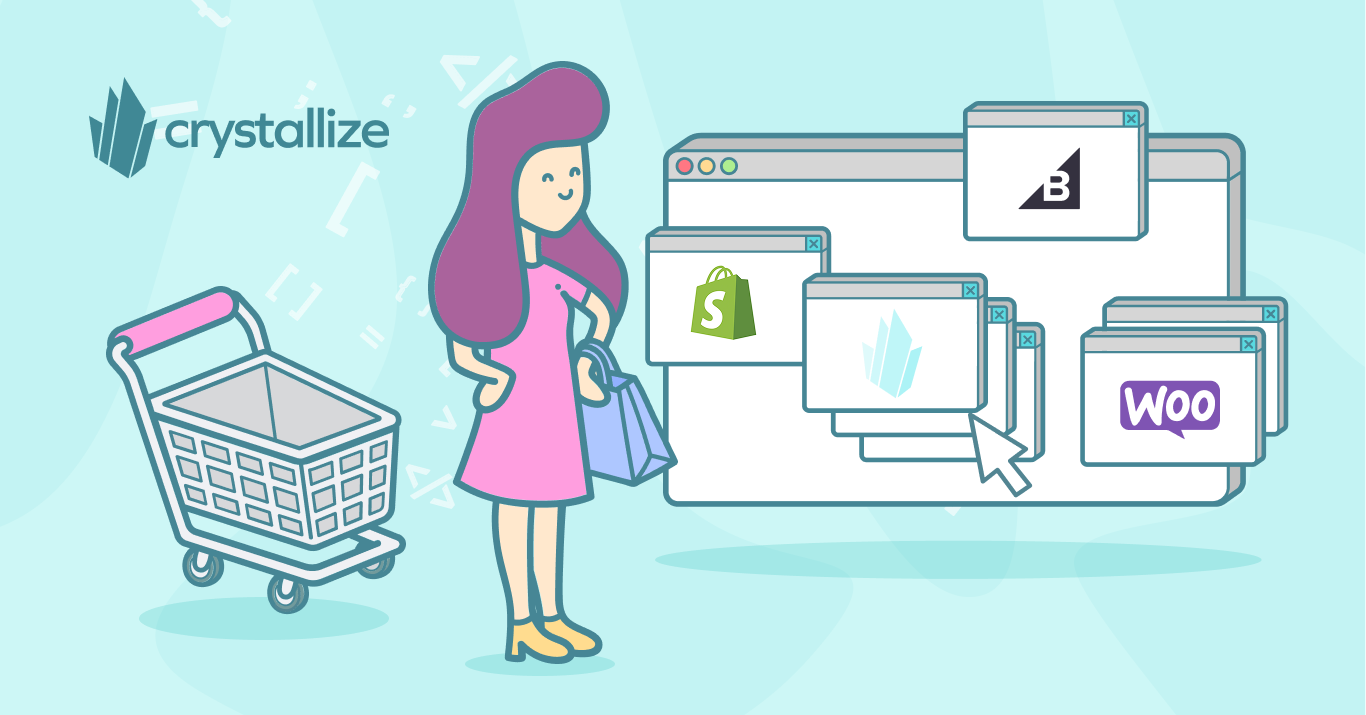
10 Best E‑commerce Platforms for Developers and Business Owners in 2025
Explore 10 leading e‑commerce platforms for 2025—including monolithic SaaS solutions like Shopify, BigCommerce, and Magento; composable headless options such as CommerceTools and Commerce Layer; and unified GraphQL/PIM‑powered platforms like Crystallize. Match your business model, technical requirements, and budget to find the optimal balance of ease‑of‑use, performance, and flexibility.
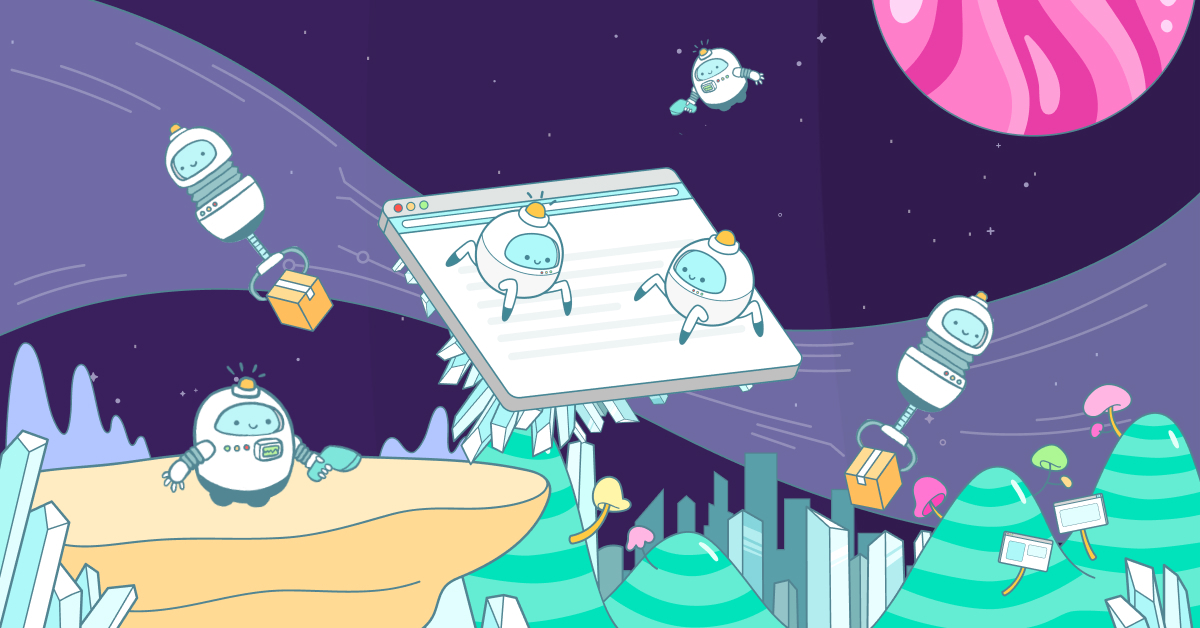
eCommerce SEO Guide: How To Drive Organic Traffic In 2025?
A year has passed since our last iteration of the eCommerce SEO guide, and SEO, as we know it, has changed…a lot.

What Is Composable Commerce?
No longer a buzz term, composable commerce represents a paradigm shift in eCommerce architecture, fundamentally redefining how businesses approach their online shopping experiences. Given the benefits, it’s no wonder.

Why/When to Go Headless (ROI and Suitability)?
Is headless commerce really beneficial (e.g., at what scale does it make sense, what are the pros vs. cons, and is it overkill for small companies)? Let's explore when headless commerce delivers real ROI, highlight the critical considerations, and help you decide if this strategic investment aligns with your brand goals.
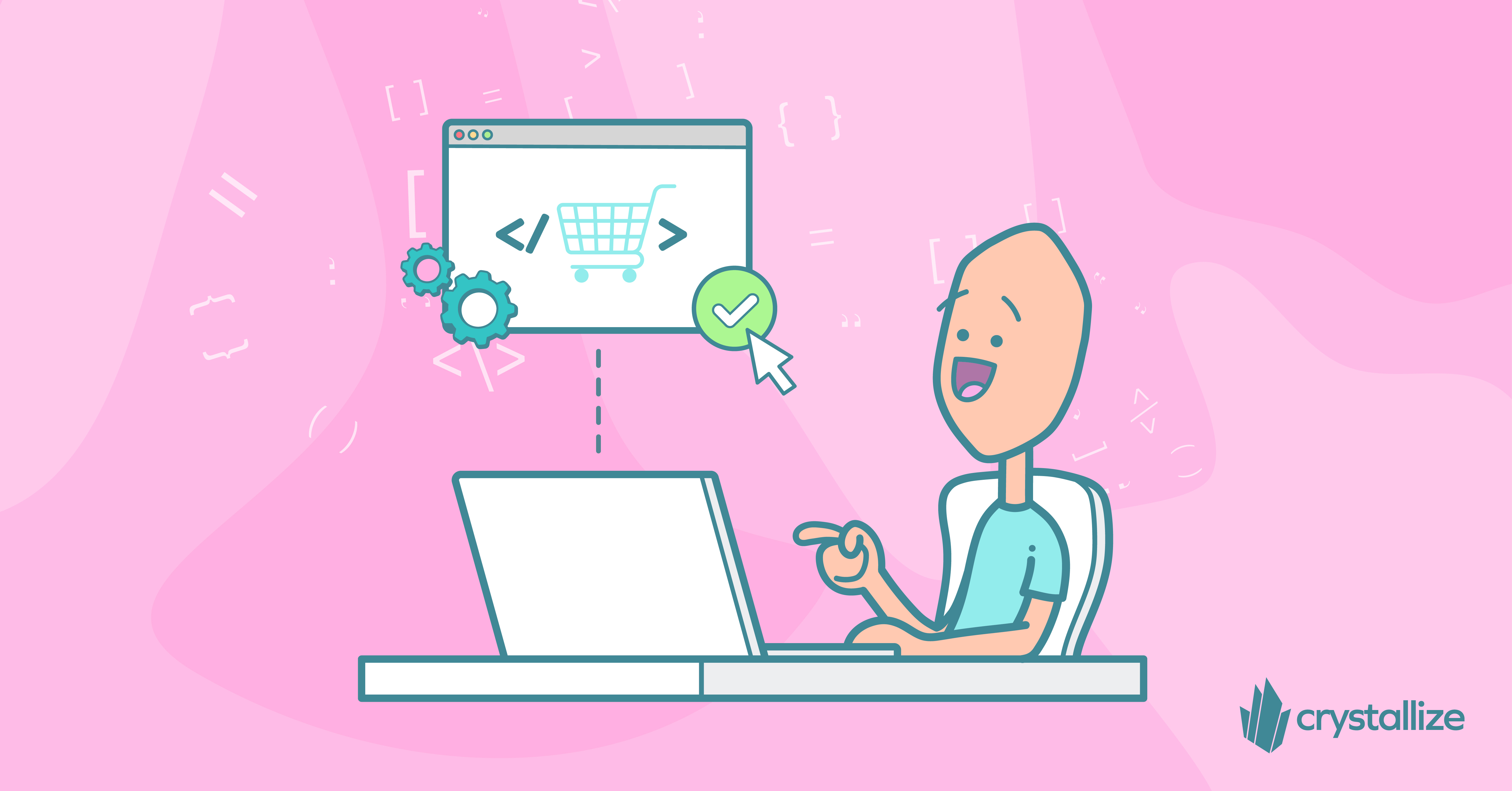
Best Headless CMS for E-Commerce: Comparison Guide
Modern e-commerce goes beyond simple product listings – you need blogs, lookbooks, landing pages, and personalized content to tell your brand story and boost sales. This is where a headless CMS comes into play for e-commerce.

Comprehensive Guide to Modern eCommerce Web Development: Trends, Approaches, and Best Practices
Explore the latest trends, development approaches, and best practices to build high-performing online stores in modern e-commerce web development.

SEO for eCommerce Product Pages: The Basics
Great product pages are vital to a successful online store and should be optimized for SEO and high conversions. Let’s look at the best practices for doing that.
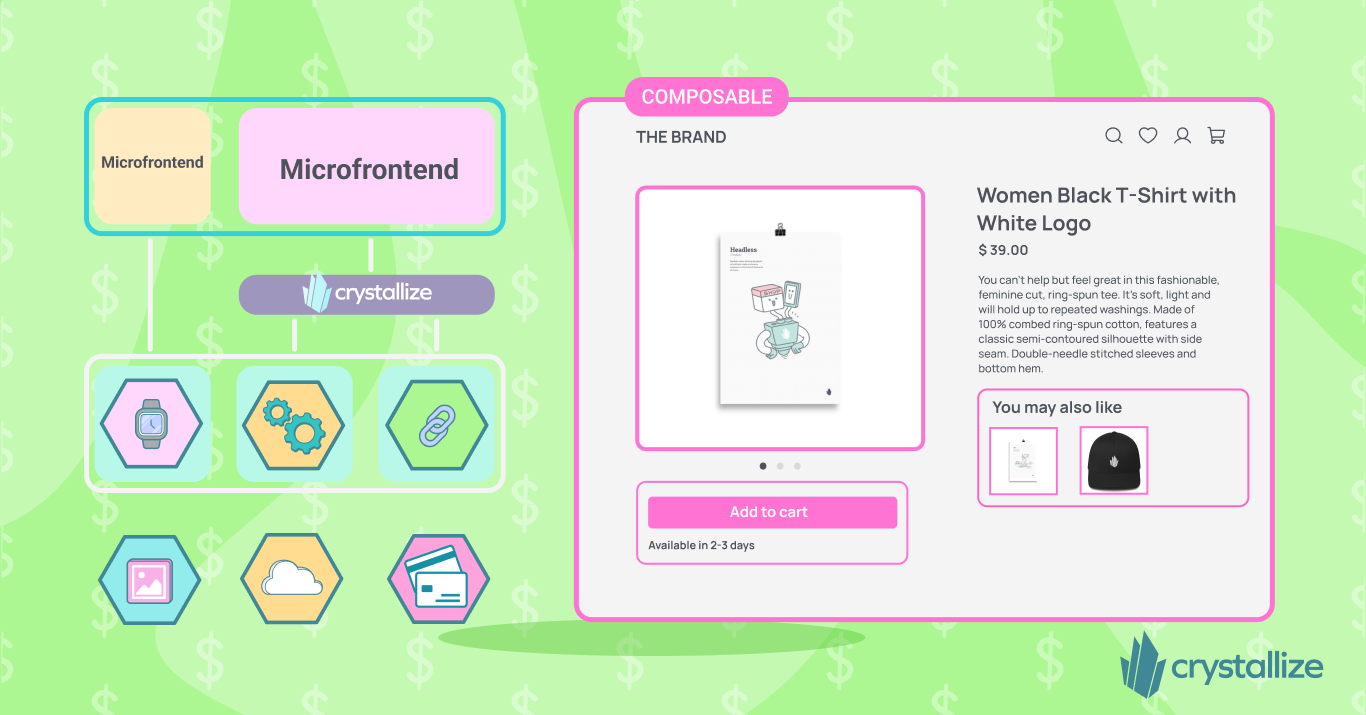
Headless Tech Stack: A Quick Rundown
In modern web development, you're bound to hear the term headless thrown around more often than not, especially in the growing landscape of content-driven applications and e-commerce platforms.
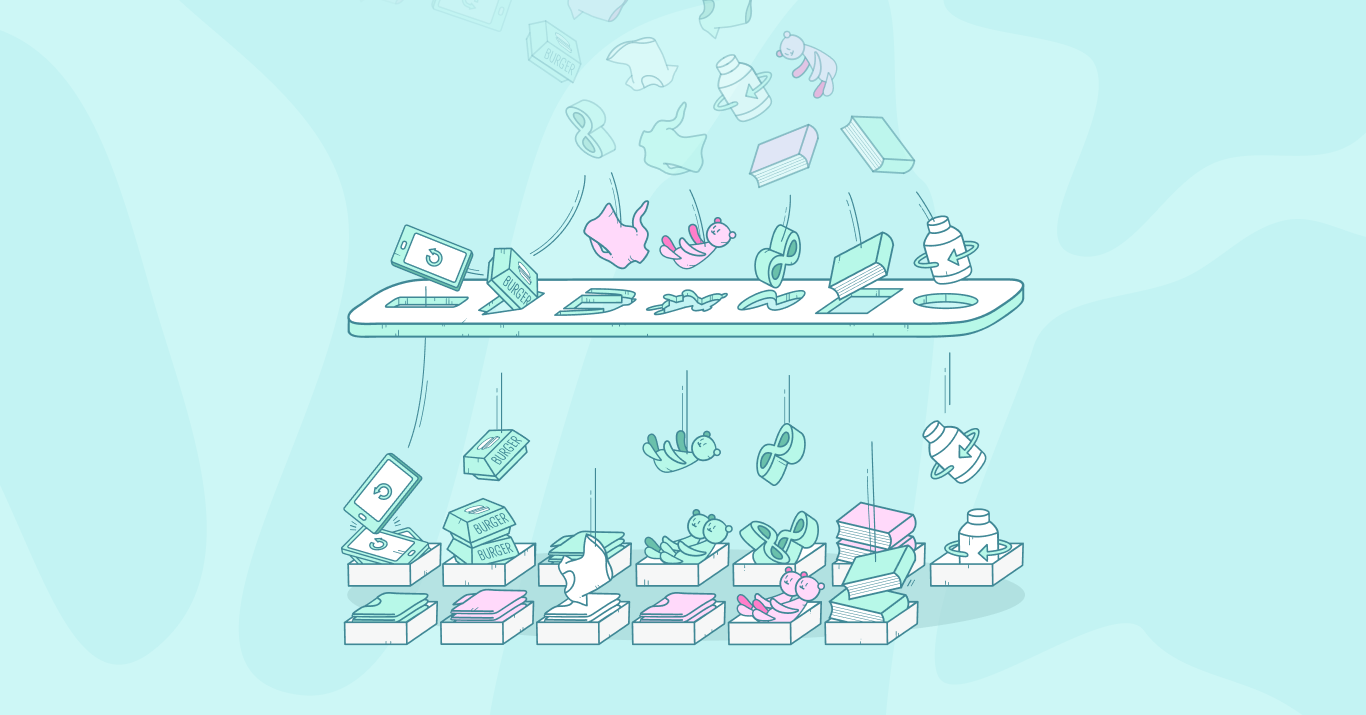
Digital Asset Management (DAM): The Definitive Guide to Organizing & Optimizing Your Digital Assets
Discover how Digital Asset Management streamlines workflows, boosts brand consistency and enhances ROI in our comprehensive 2025 guide.

Build Faster, Smarter, Better: The Ultimate Next.js eCommerce Boilerplate
The Crystallize open-source starter kit provides developers with a robust boilerplate to quickly build modern, scalable eCommerce storefronts using the latest front-end technologies and best practices in performance, content modeling, and user experience.
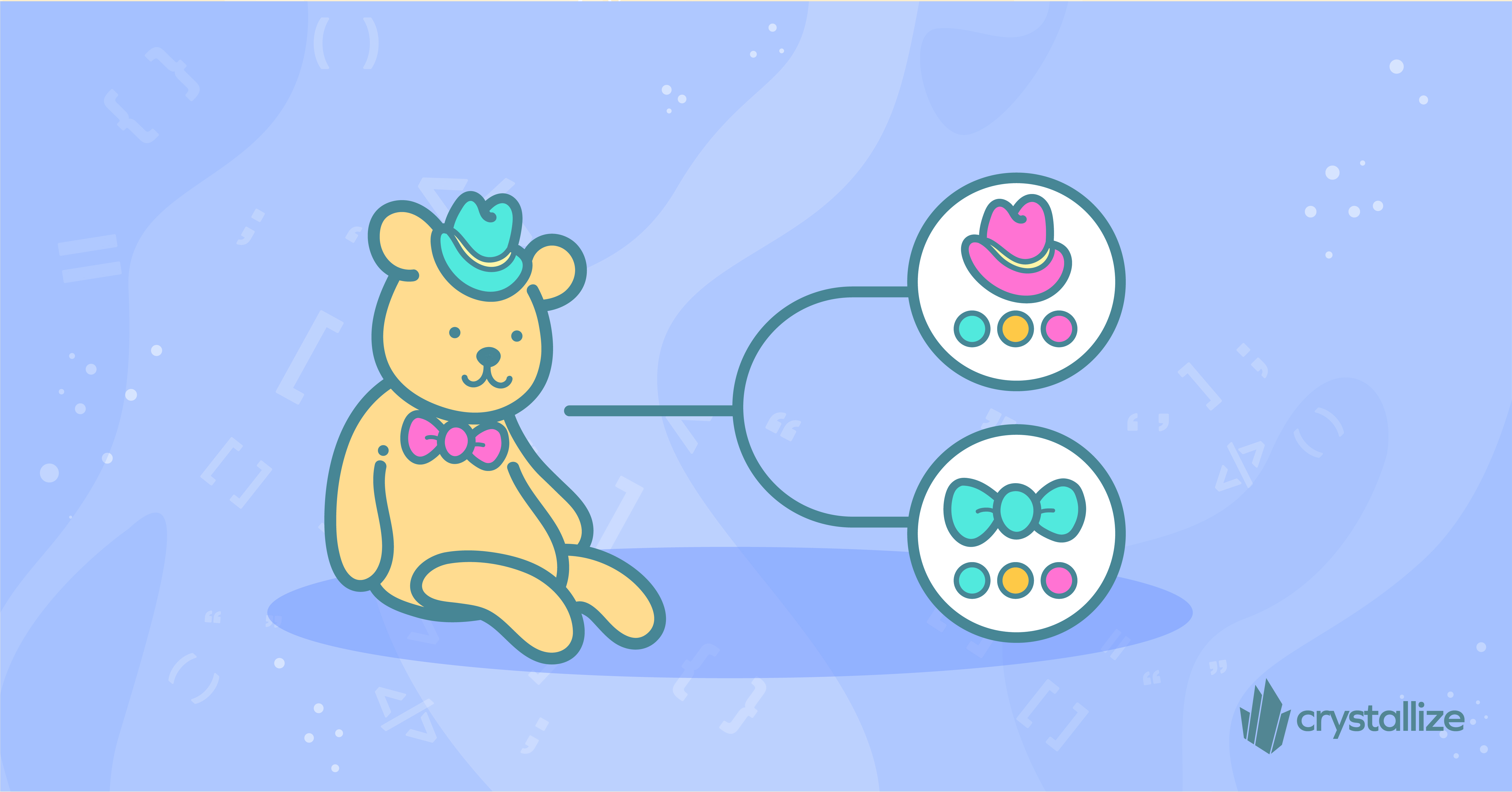
Product Taxonomy: What Is It, Why Is It Important?
A great product taxonomy improves your customer's user experience and helps them find the right product more easily and quickly.
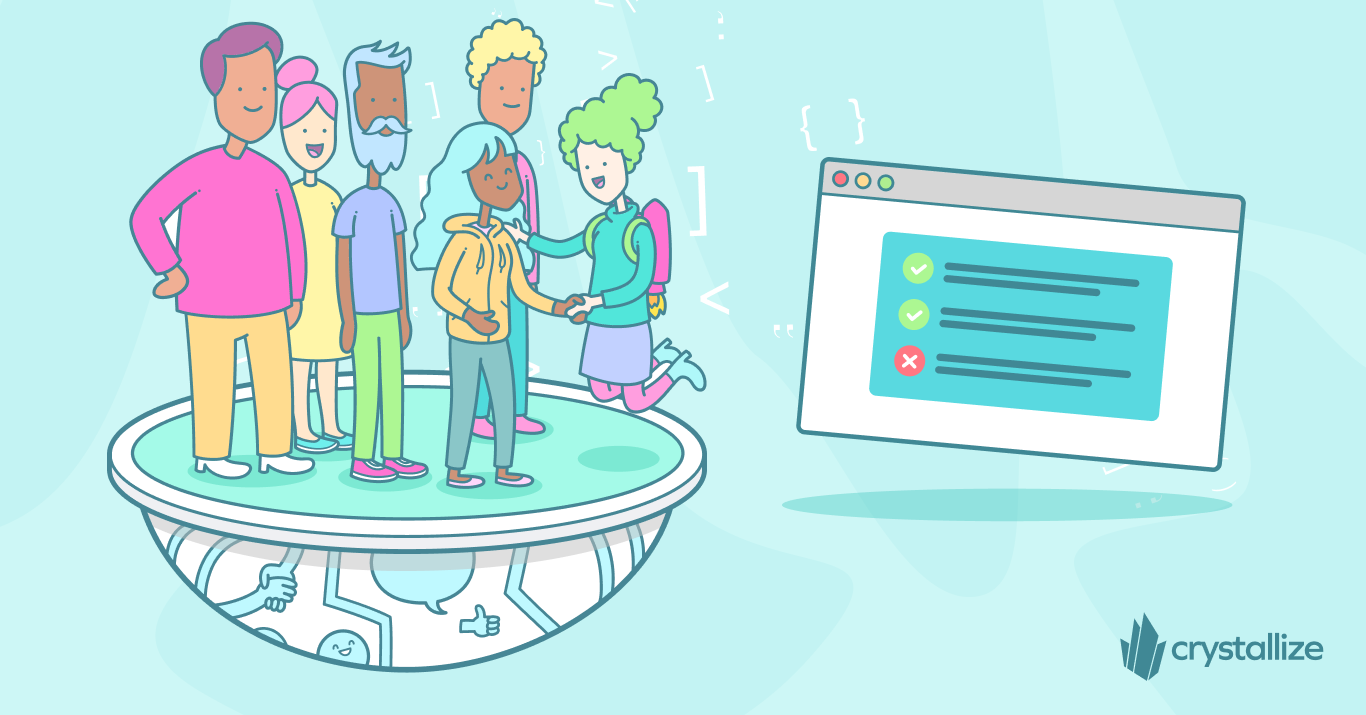
How Can Your eCommerce Tech Stack Make You More Sustainable?
A sustainable eCommerce tech stack isn’t just about cutting emissions—it’s about smarter resource usage, future-proofing your platform, and aligning with the eco-conscious market.

Frontend Frameworks in 2024 for eCommerce
Two years ago, we observed that the frontend frameworks ecosystem was expanding so rapidly that choosing the perfect one for your online business or store was becoming increasingly difficult. What's new/changed since then?

Google Analytics 4 for eCommerce: The Bare Minimum
Google announced Universal Analytics (UA) would no longer process new data in standard properties beginning July 1, 2023, and that you should be moving to Google Analytics 4 (GA4). It’s not like the world is ending, right? But what does that mean for your business?
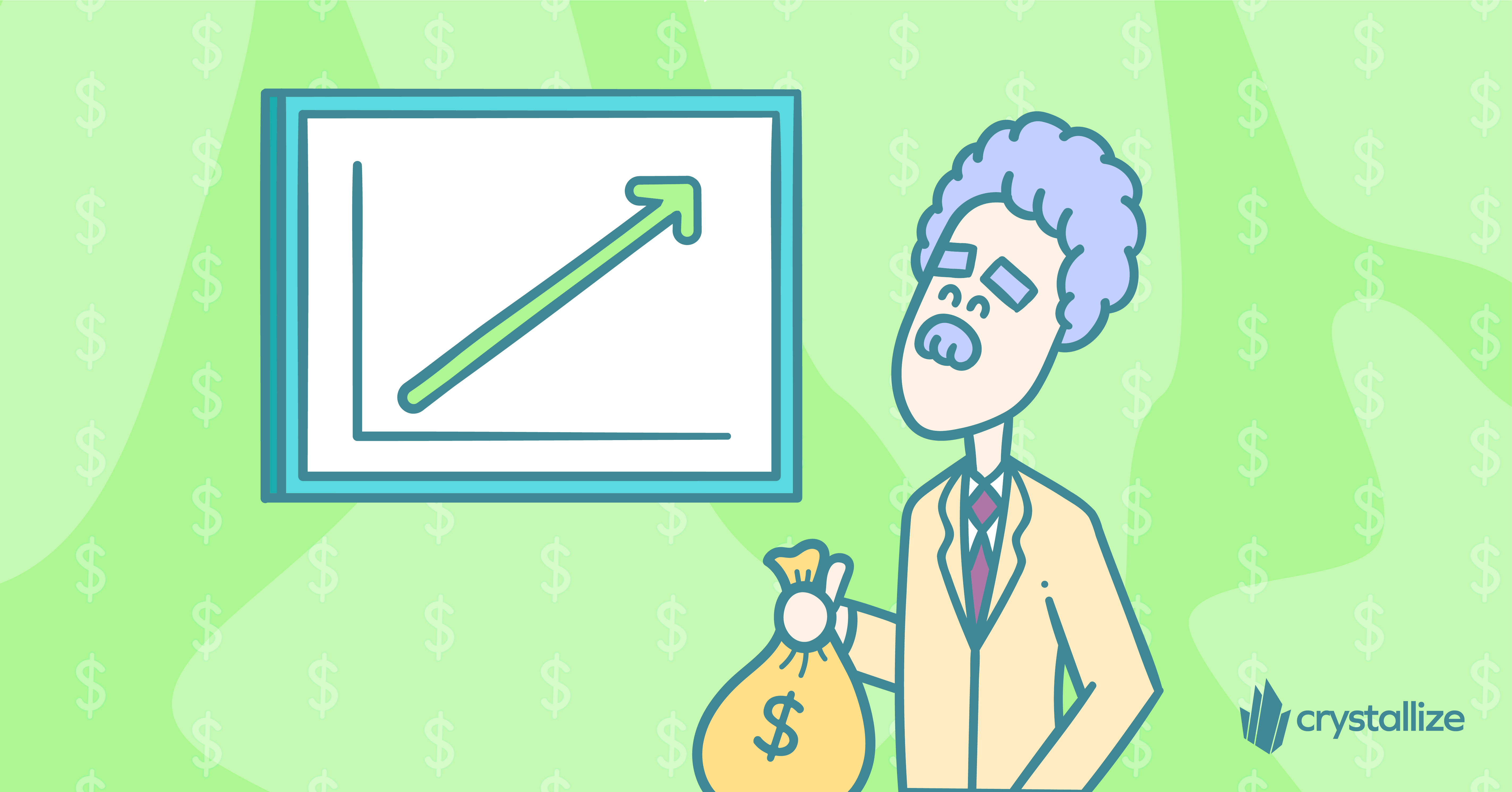
eCommerce Conversion Rate Optimization (CRO): Boosting Your Conversion Rate Made Simple In 2023
Are you struggling to convert your website traffic into paying customers? Are you tired of spending hours and resources on driving traffic to your site with little to no return on investment? Then it's time to focus on Conversion Rate Optimization (CRO).

eCommerce SEO Checklist: The Best Practices For 2023
Not your average list but a comprehensive 19-point eCommerce SEO checklist with everything you need to know to optimize your store and successfully grow organic traffic and revenue.

PIM vs. DAM: What's the Difference?
We just scratched the surface by explaining product information management (PIM) and digital asset management (DAM). Time to compare these two concepts and systems and describe the business benefits of using them.
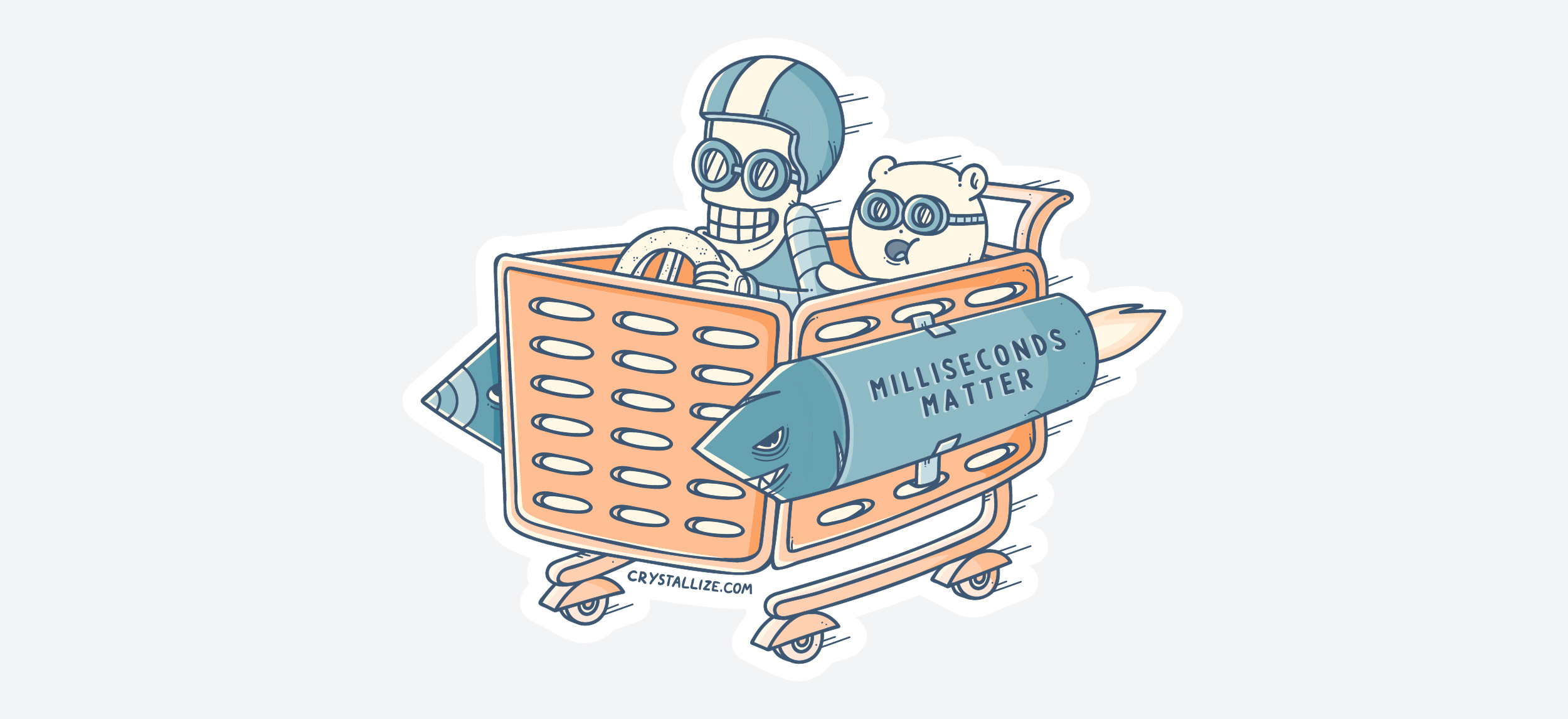
Milliseconds Matter: Five Reasons Why a Headless eCommerce Platform Needs to be Blazing Fast?
Check out the top reasons your ecommerce platform needs to be blazing fast if the satisfied customer is not a good enough explanation.

Black Friday eCommerce Should Not Mean Waiting in Line

Testing One Million eCommerce Orders Per Hour
How fast and well your website can handle serious amounts of simultaneous order placements can make or break businesses. It depends on your chosen ecommerce platform, of course. So we tested ours.
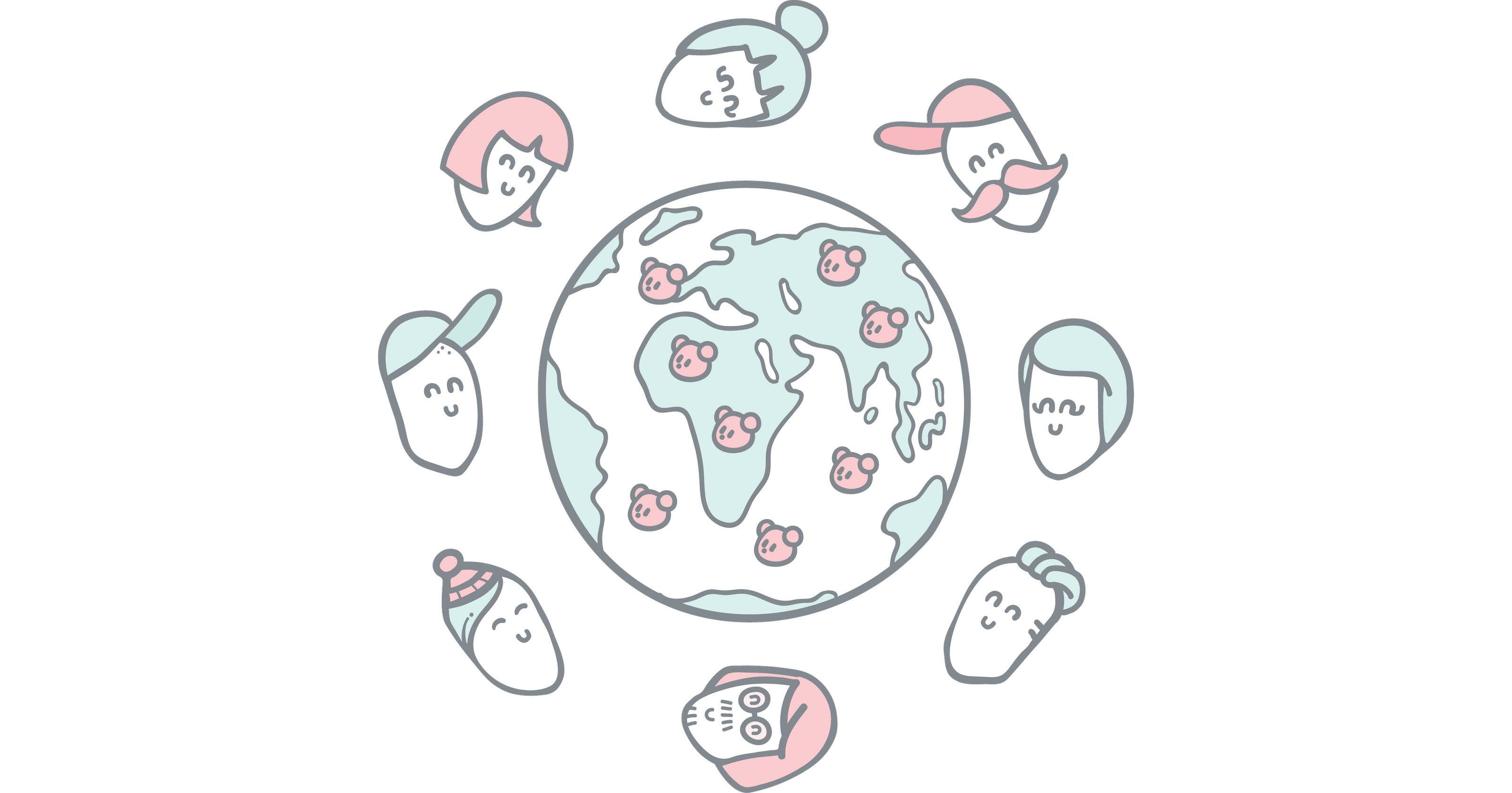
Multilingual Jamstack eCommerce
The ability to offer a personalized, localized experience to your customers fast is hugely important for today’s businesses. With that in mind, let’s talk about Jamstack, ecommerce, and multilingual setup.

Content Rich Storytelling Makes Juicy Ecommerce
Tell the story behind the product.

The eCommerce Performance Magic Sauce

PIM vs. MDM: What is the Difference?
MDM manages all types of company data, including those managed in PIM, making PIM a subset of MDM. Wait, what?

PIM vs. PXM vs. DXP: Understanding the Concepts
Personalized experiences increase the likelihood of purchase by 80% for consumers. And with that, experience management platforms (XM) entered the scene.
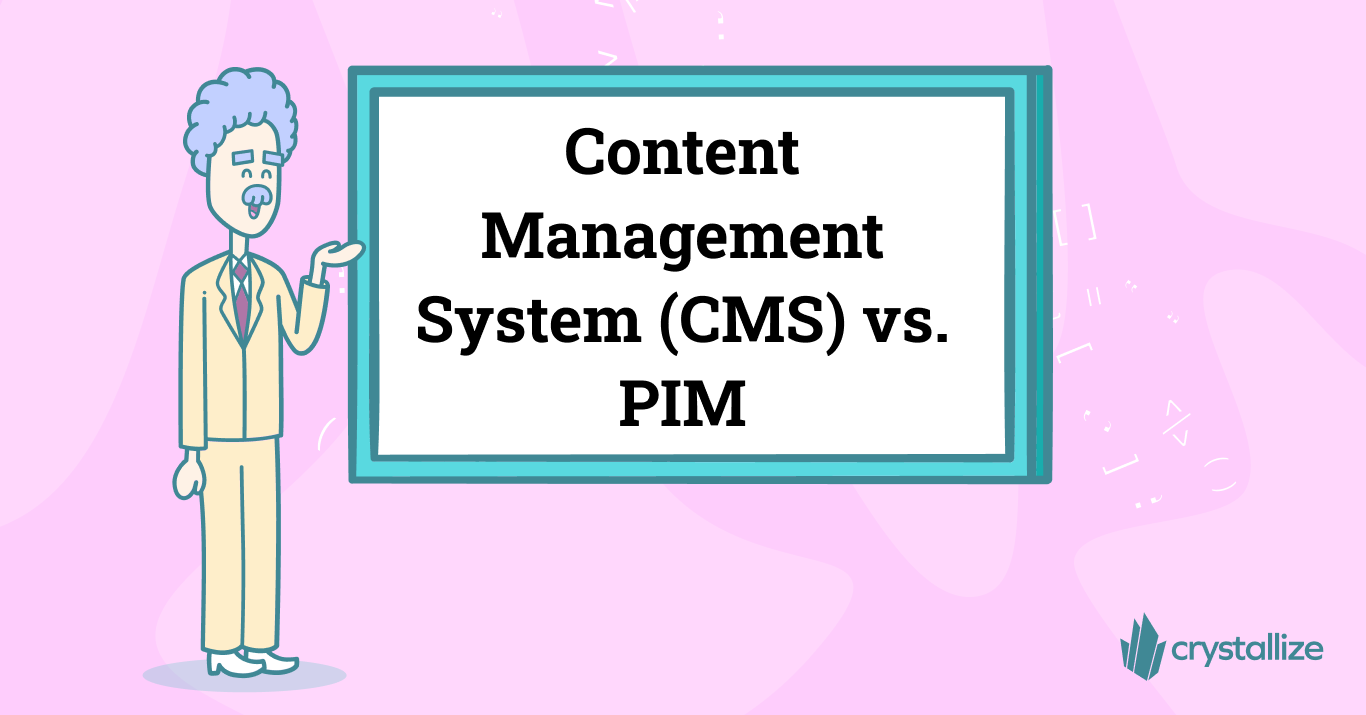
PIM vs. CMS: Which One Do You Need?
When it comes to managing digital content, there are two main types of systems that professional businesses use (oftentimes together): Product Information Management (PIM) systems and Content Management Systems (CMS).

PDM vs. PIM vs. DAM: Which One Do You Need?
Businesses and organizations that need to manage and organize massive amounts of product-related data effectively should use PDM.
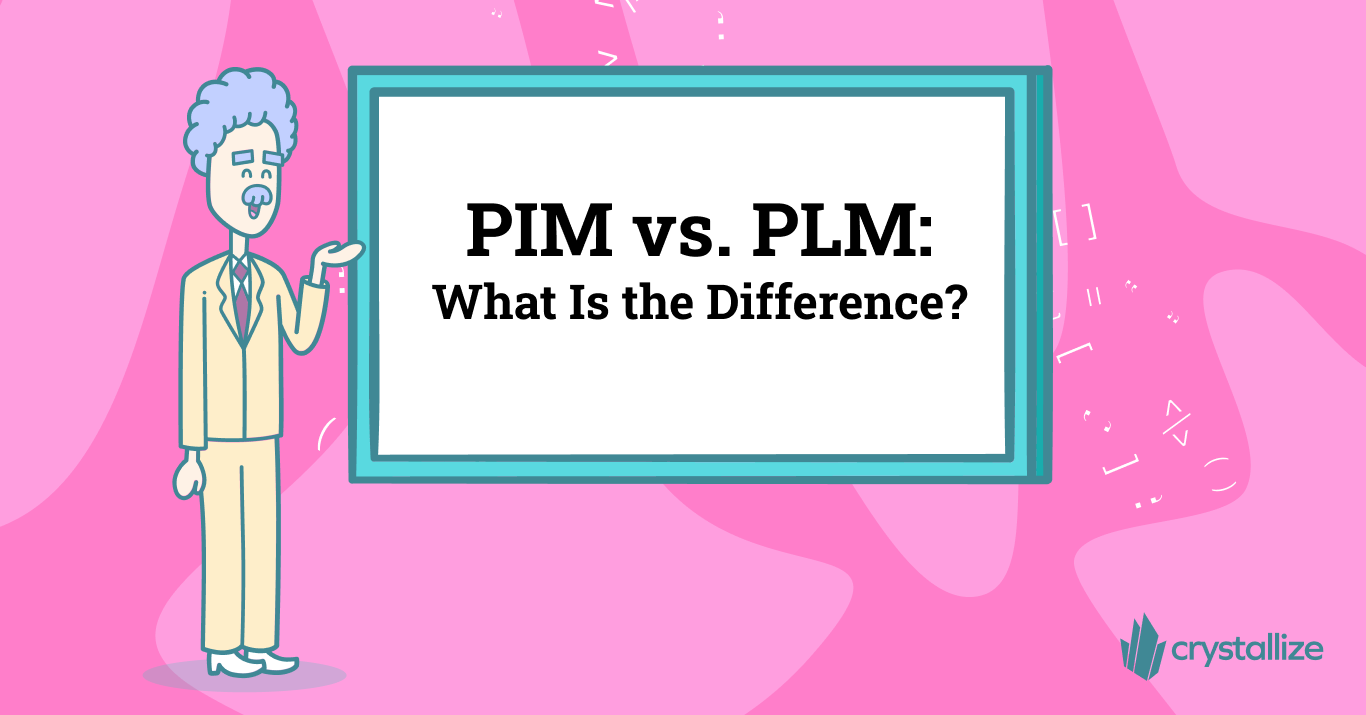
PIM vs. PLM: What Is the Difference?
Welcome to another battle of acronyms! Who will come out on top: PIM or PLM?! Spoiler alert, ideally, they’d work together.
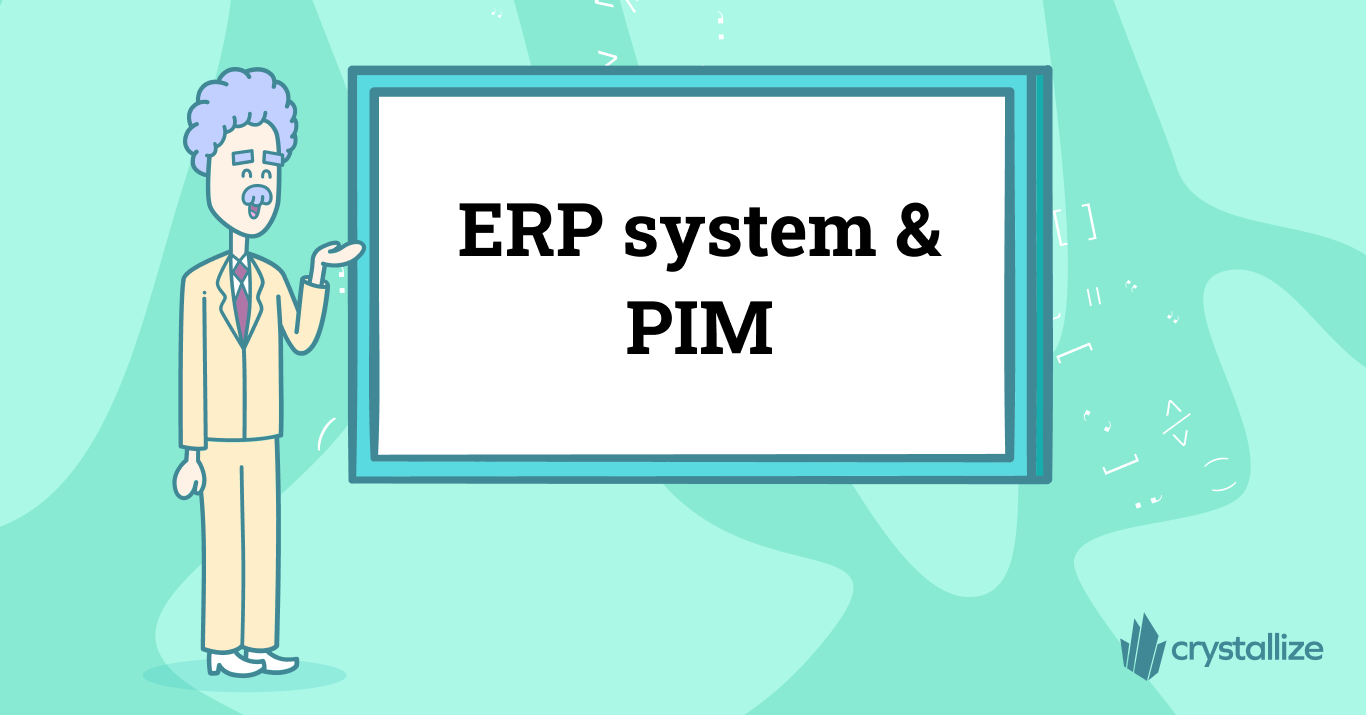
PIM vs. ERP Systems: The Differences
ERP helps to manage core business processes (manufacturing, supply chain, services, procurement, finance, HR, etc.) in an integrated system efficiently.
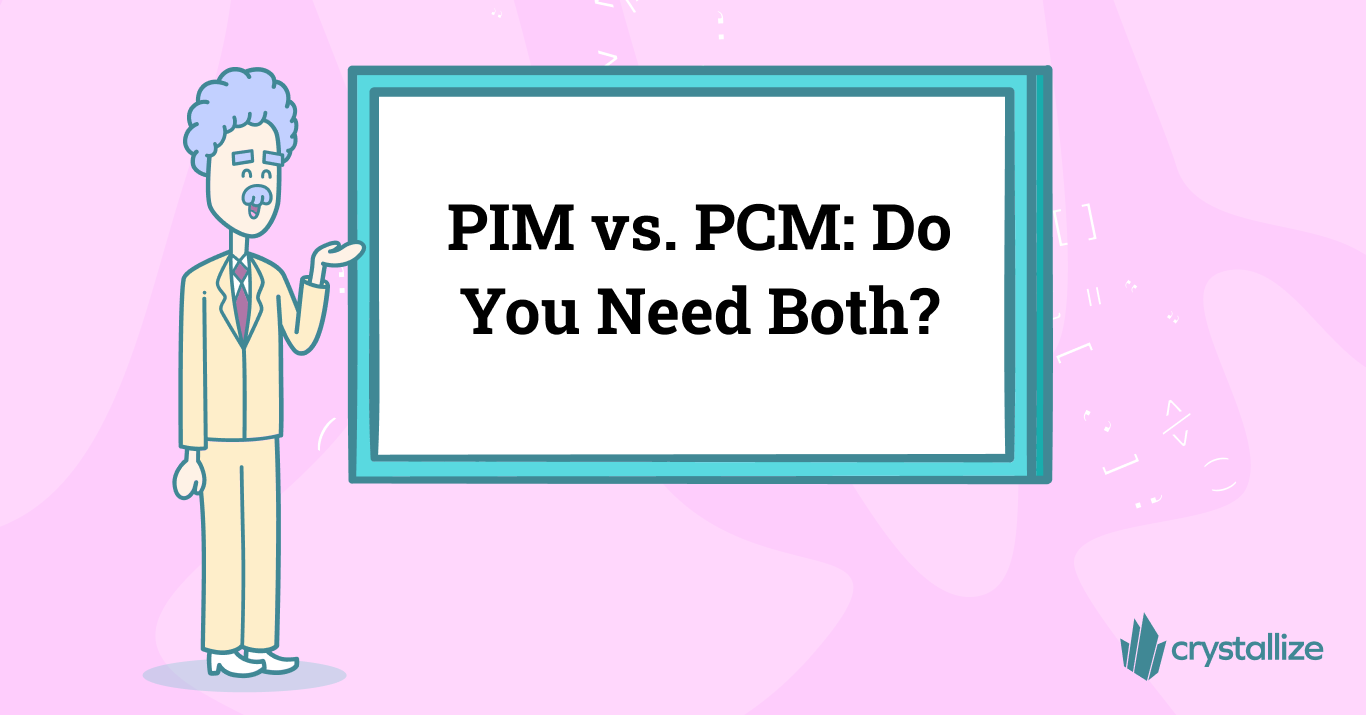
PIM vs. PCM: Do You Need Both?
When it comes to managing product information, two terms often used interchangeably are PIM and PCM. While they may sound similar, these two concepts are quite different and serve different purposes in the world of e-commerce and product management.

How to Turn Shoppers into Brand Loyalists?
Turning shoppers into loyalists is all about building genuine connections, delivering kick-ass quality, and standing out in a way that resonates with them. Easier said than done, right?
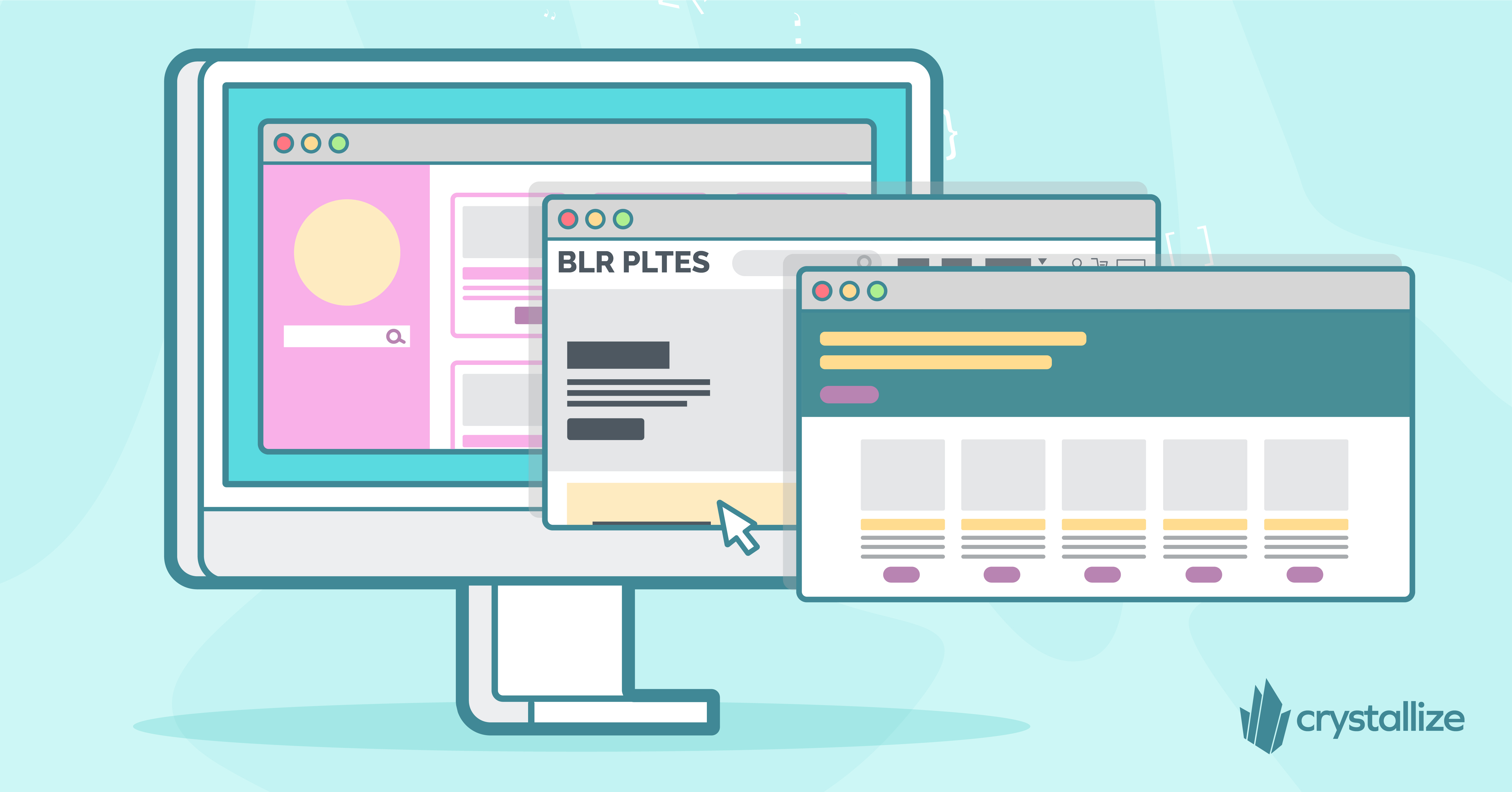
Best Design Practices for Crafting Engaging and Effective eCommerce Websites
Ensuring your eCommerce website's design captures attention today goes beyond aesthetics. Design is just one piece of the puzzle of online business success, and it all starts with your product/service and brand.
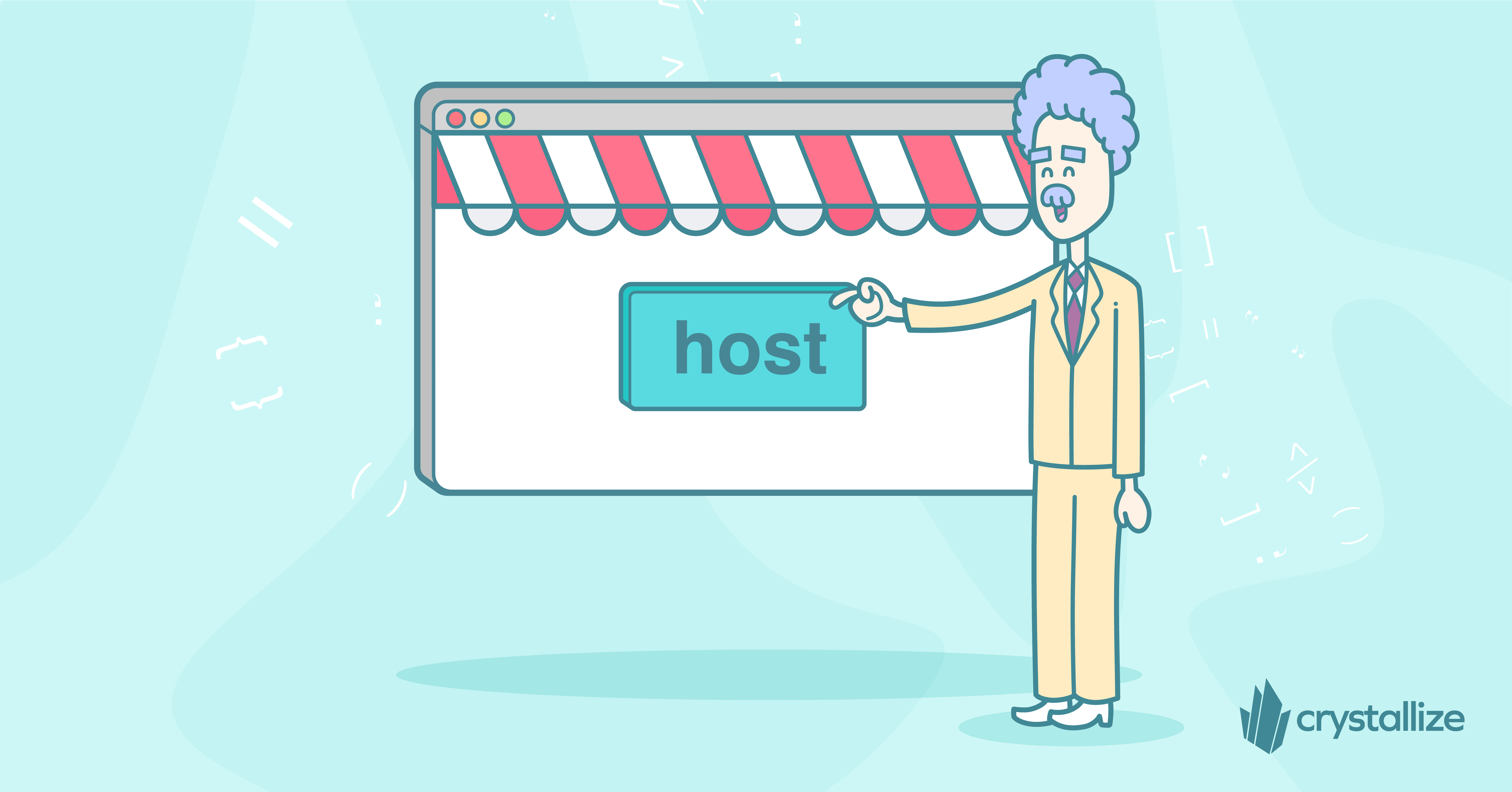
Where To Host Your eCommerce Frontend?
You’ve spent a lot of time and effort developing an awesome eCommerce front end. Now, it’s time to make it publicly available. The question is: where are you going to host it?
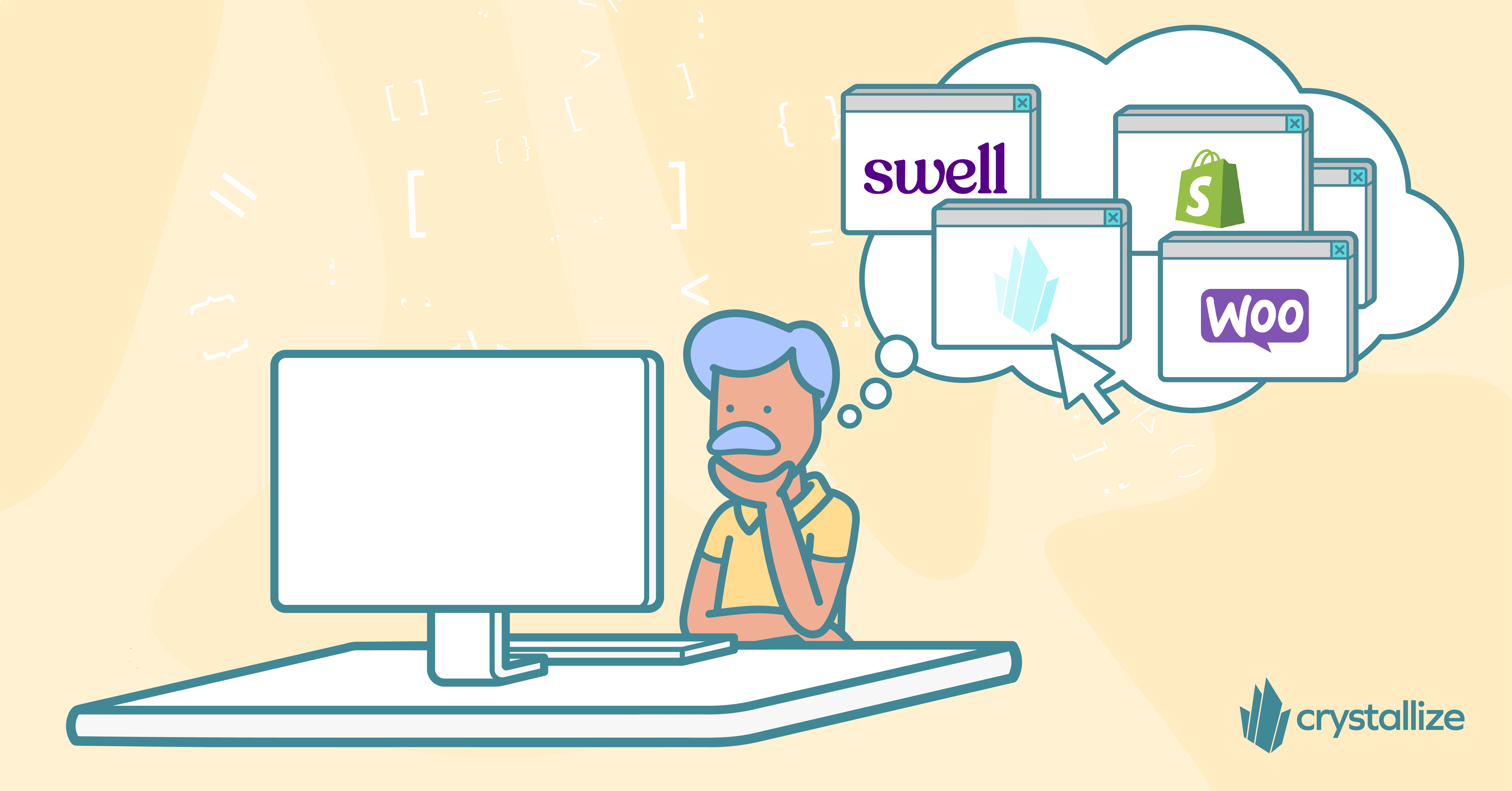
Choosing an eCommerce Platform Today Is Hard
Choosing the best eCommerce platform is one of the most important decisions you must make at the very start of your eCommerce journey if you want to have a jaw-dropping, money-making storefront.

Long-form Storytelling for Engaging eCommerce Experiences
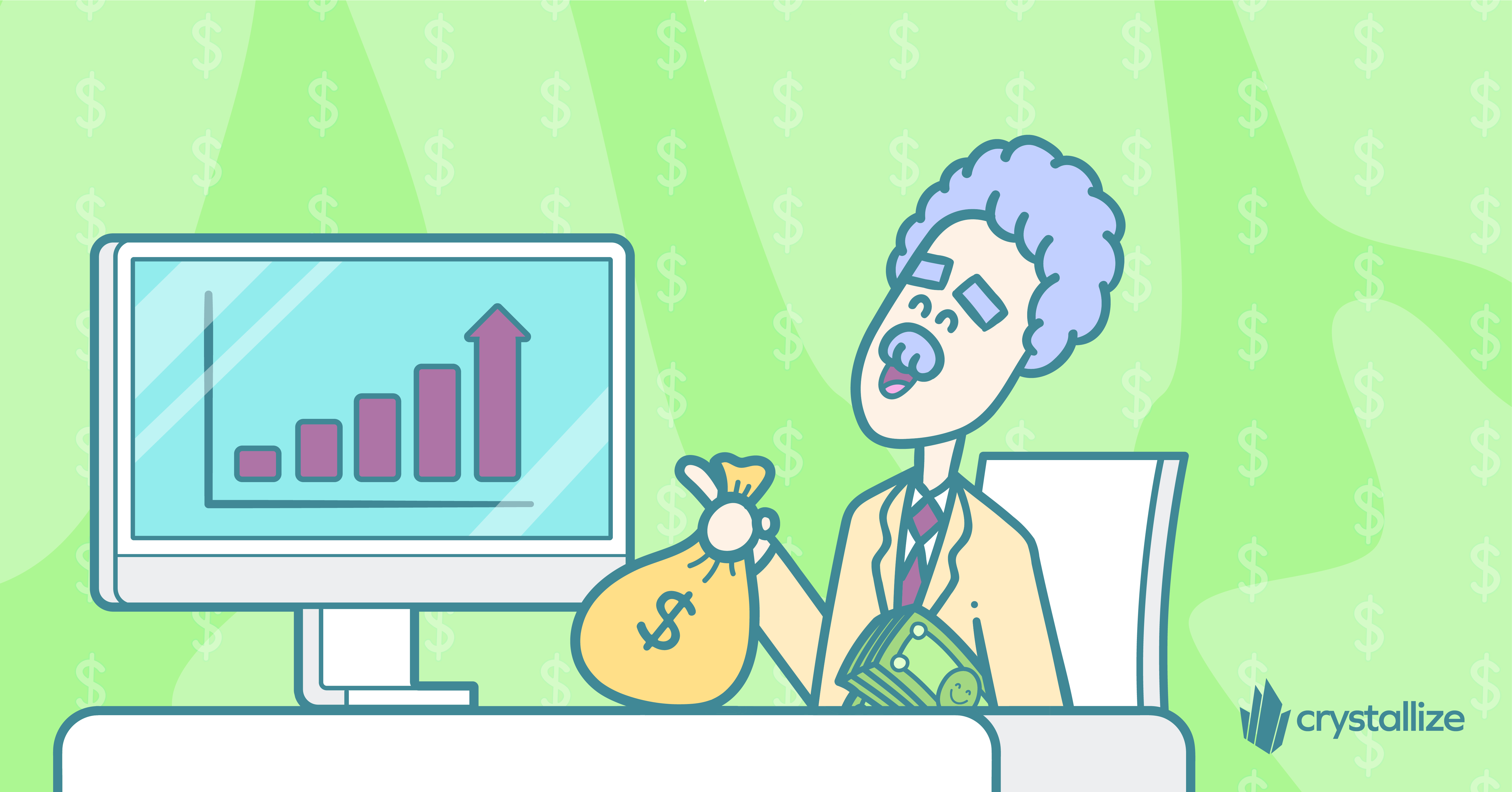
eCommerce Marketing Strategies to Increase Traffic and Boost Revenue in 2024
Having a reliable eCommerce marketing strategy helps drive success from the beginning of understanding your target audience to the nooks and crannies, such as the tech behind your storefront.
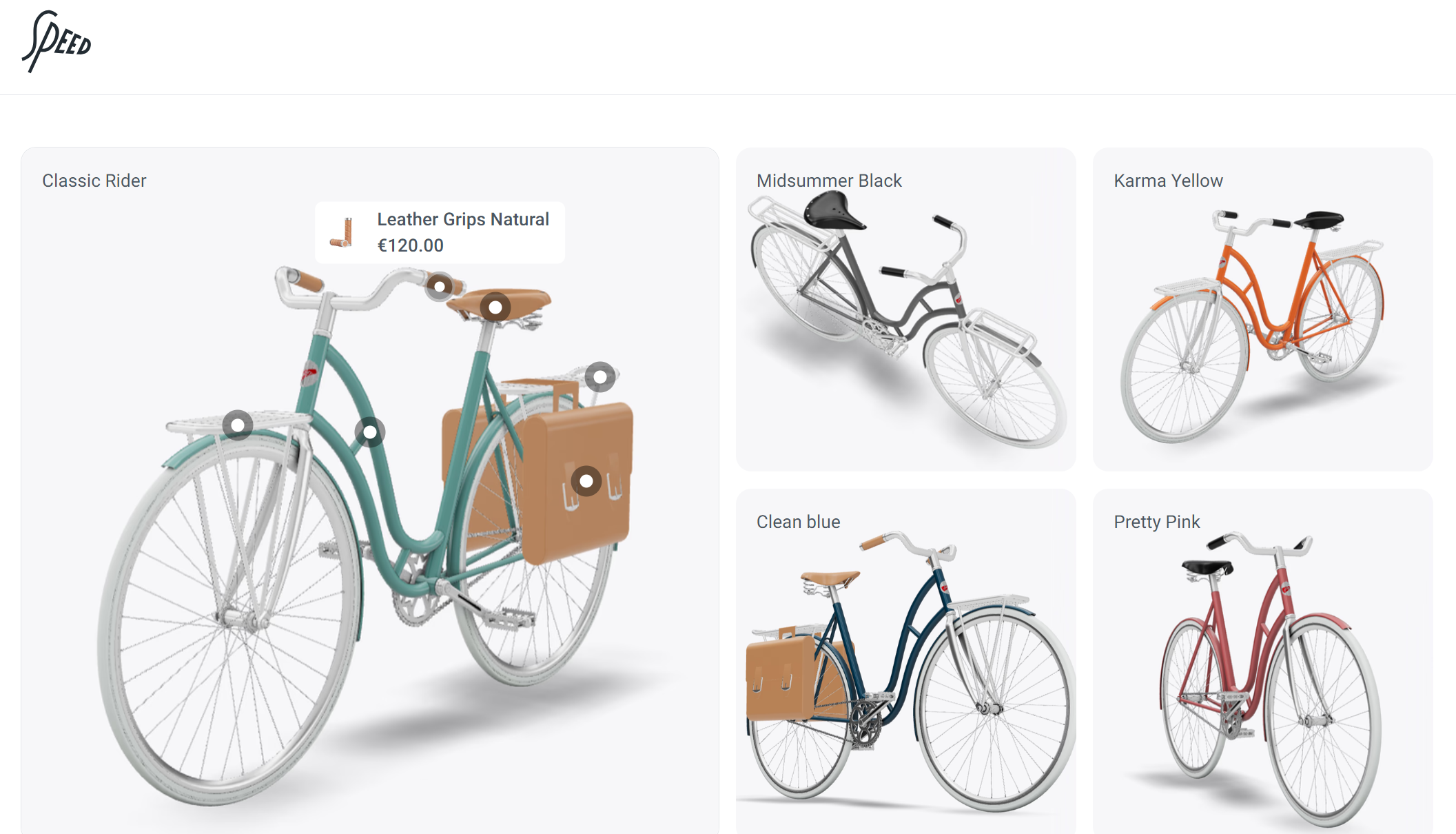
3D Visual Product Configurator Accelerator
Enabling customers to view products and customize them based on their preferences is no longer a fancy tool in your online store; it is a necessity that boosts customer engagement and drives sales. And we have a perfect solution for you.
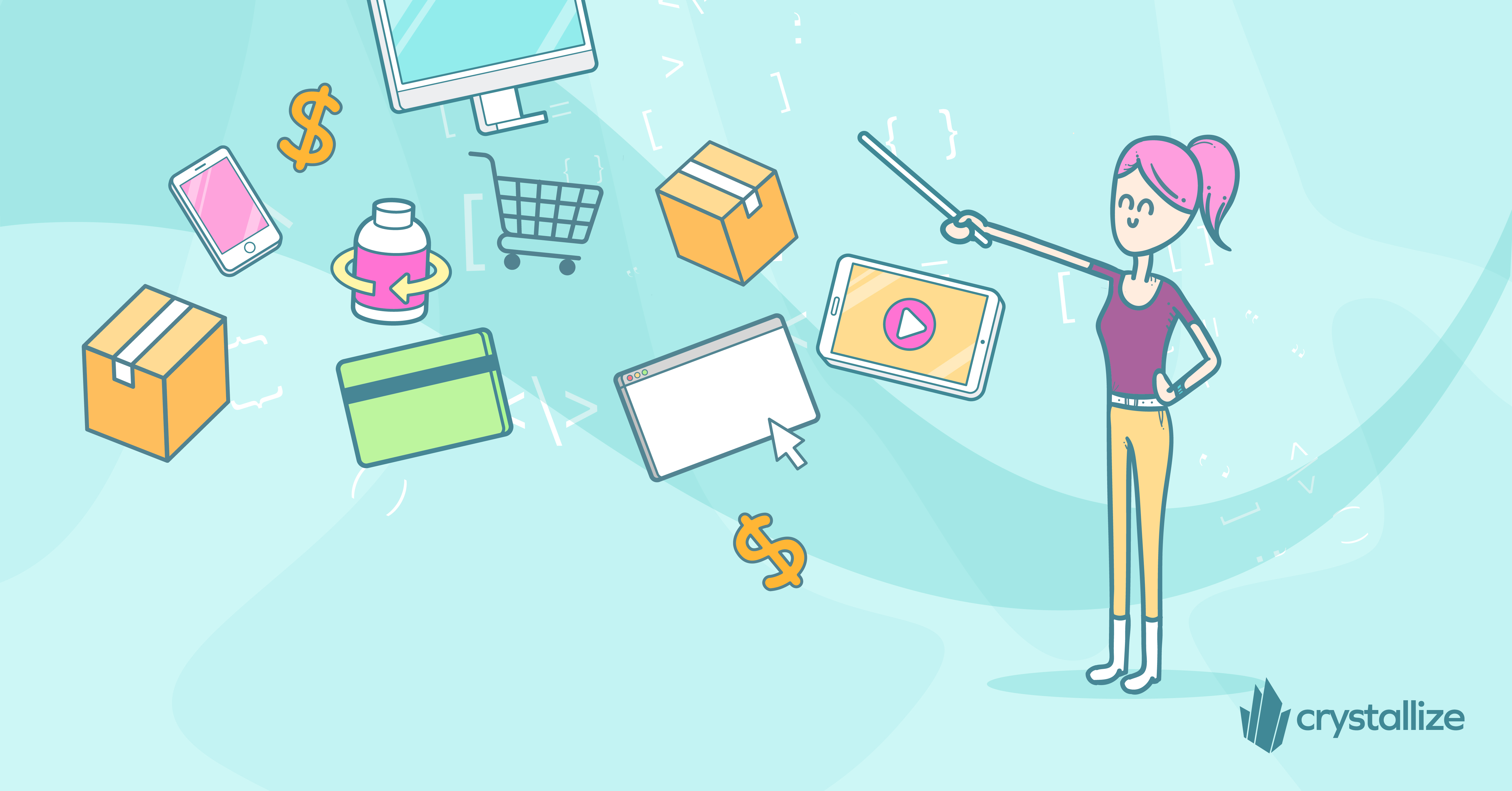
What Is Order Orchestration in eCommerce?
In the dynamic world of eCommerce, satisfying customer demands while managing operations efficiently is a juggling act. Ever wonder how successful online retailers manage it all? The secret sauce is order orchestration.
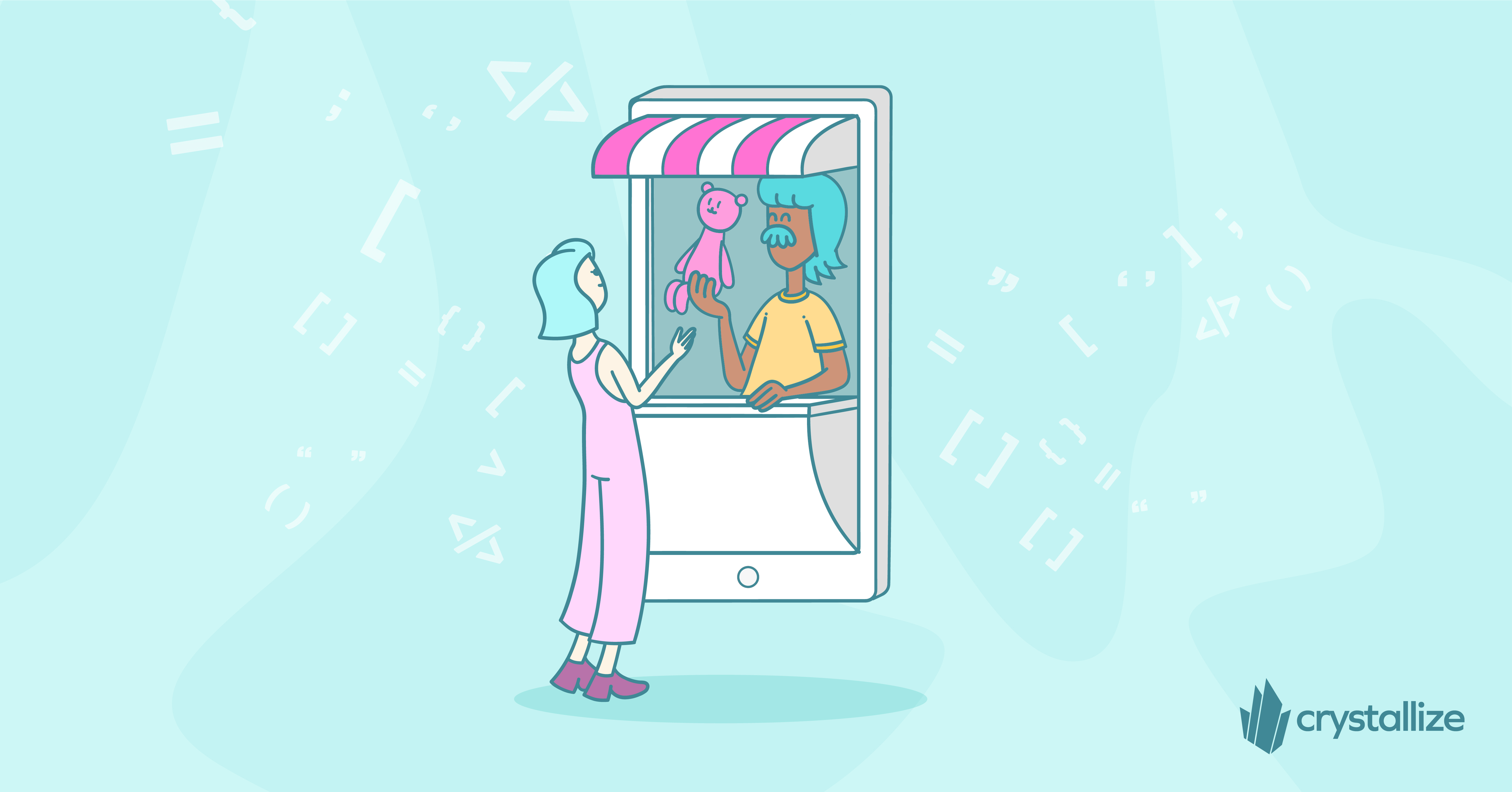
Getting Started with Direct-to-Consumer (DTC) Marketing in 2023
Driving customer acquisition, optimizing the eCommerce experience, fostering loyalty, and scaling operations are the reason why brands opt out for Direct-to-Consumer (DTC) approach in business and marketing. But is it for everyone, and how do you start with it?
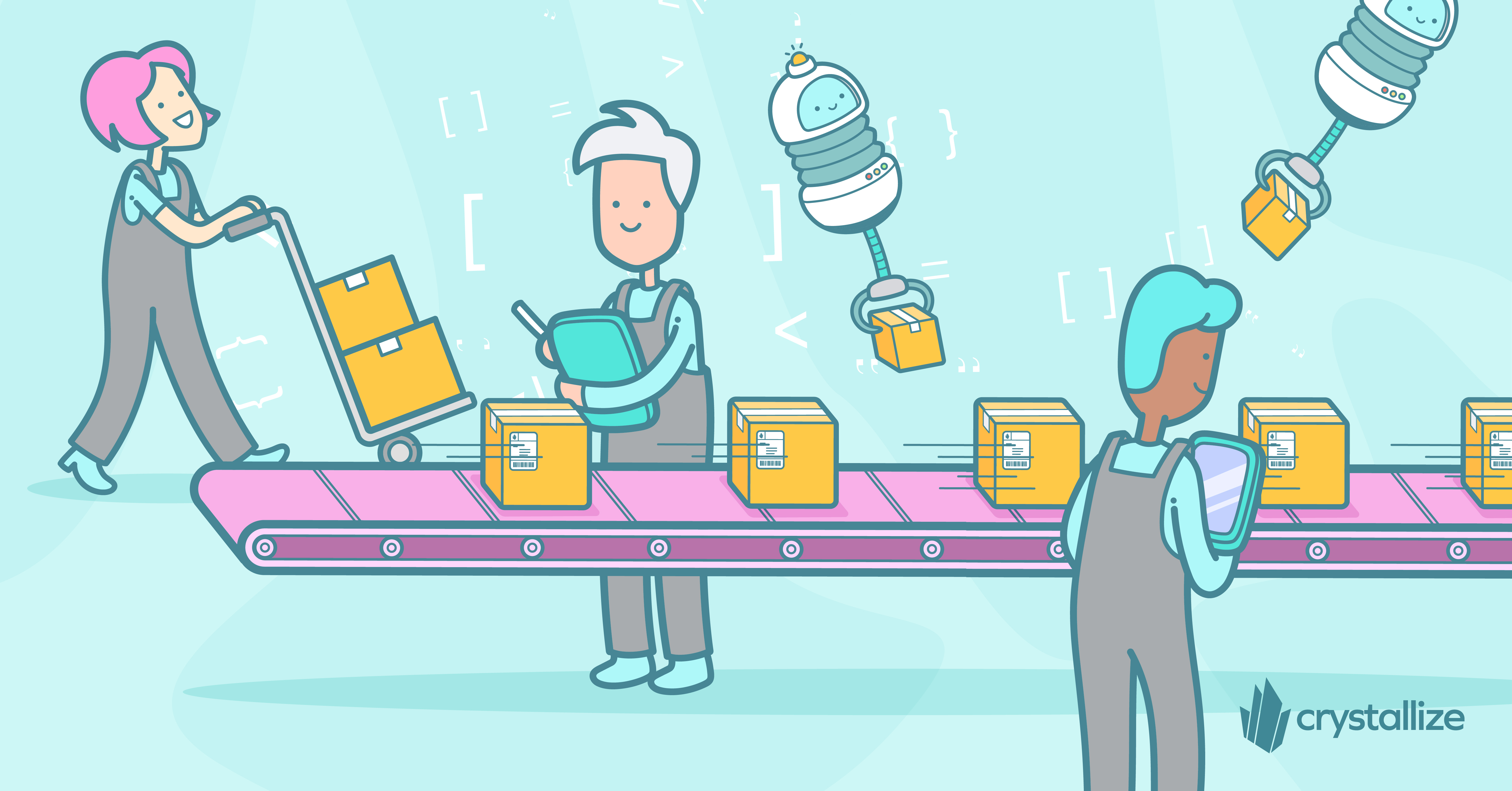
Distributed Order Management
eCommerce is wildly different than it was ten years ago. With the rise of omnichannel and globalization, managing your store has become increasingly complex.

PIM vs. eCommerce
Product Information Management (PIM) is the key to eCommerce success.
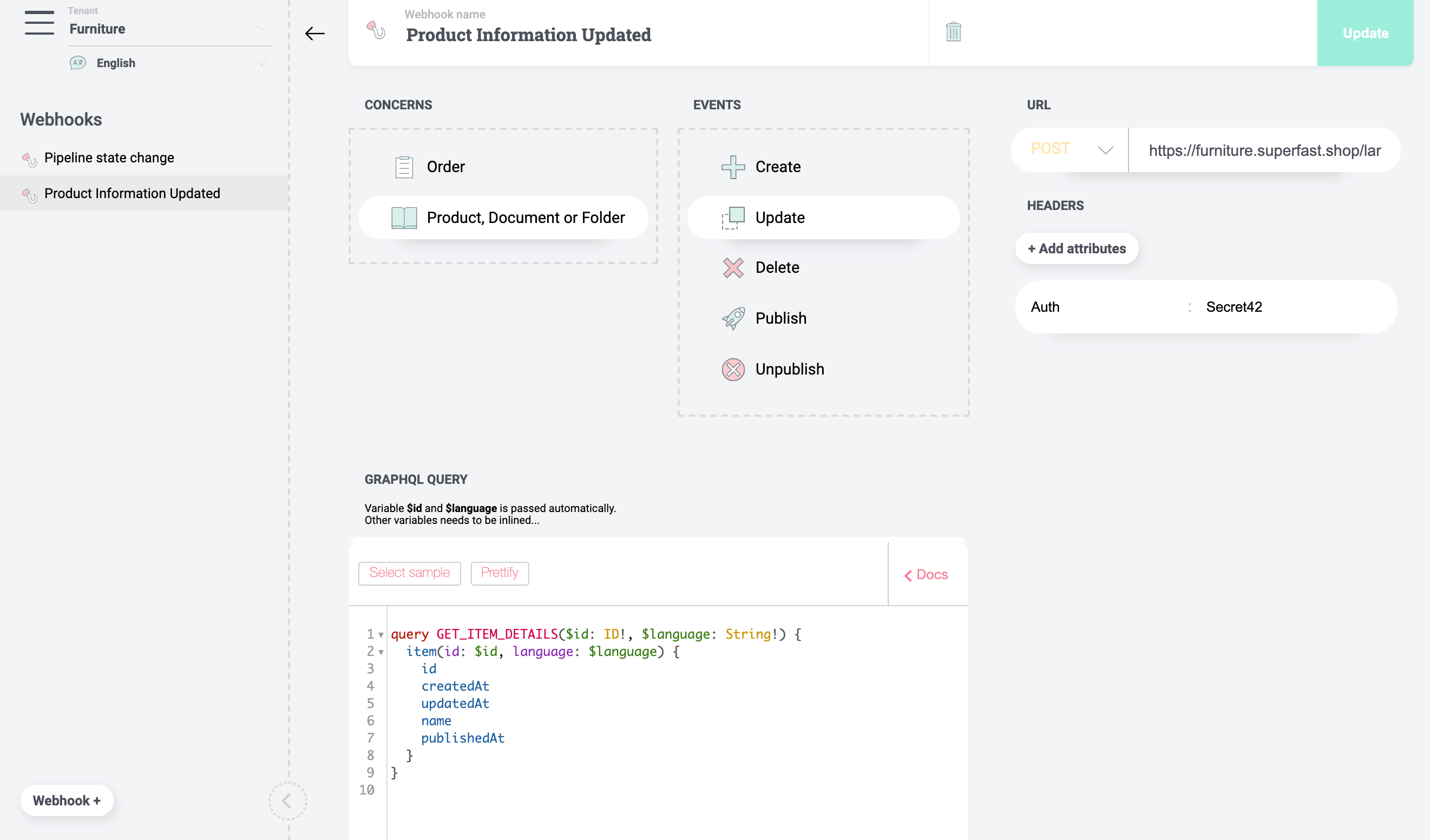
Event Driven eCommerce Orchestration for a Jamstack Frontend
With site speed becoming an important part of a customer experience making sure that the number of backend requests during runtime has become important.

How to Build Beautiful and Fast Jamstack eCommerce in 3 Steps?
With the rapid growth of tools and solutions available in the space now is probably the best time to move your online store to Jamstack eCommerce architecture.

PIM + Gatsby = Jamstack eCommerce
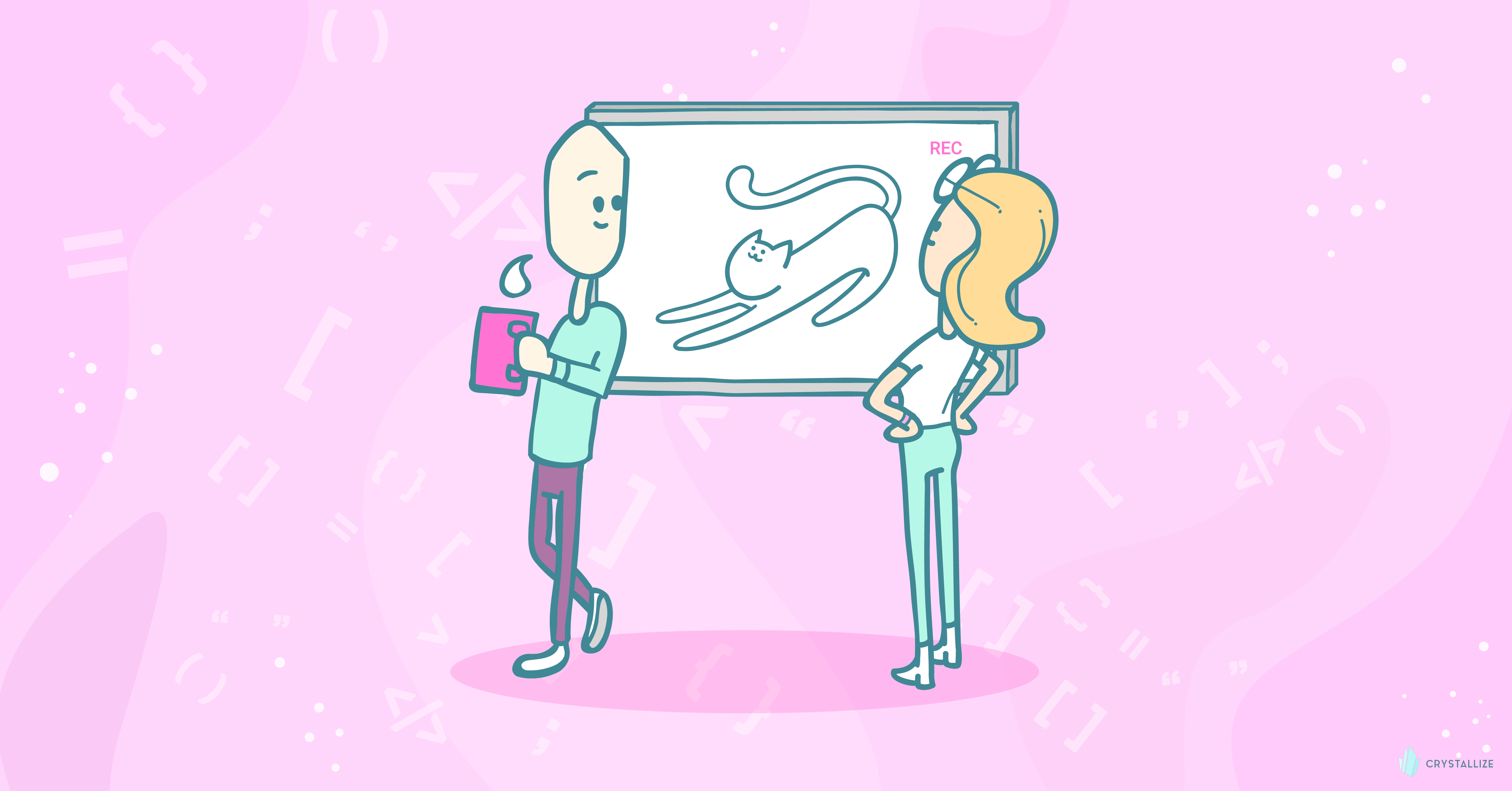
Engaging Online Shopping Experiences with Video
Creating a seamless and engaging on-site customer experience is the ultimate goal for everyone running an online store. Besides your product/service, your store performance and product videos ensure you get the much-needed attention.